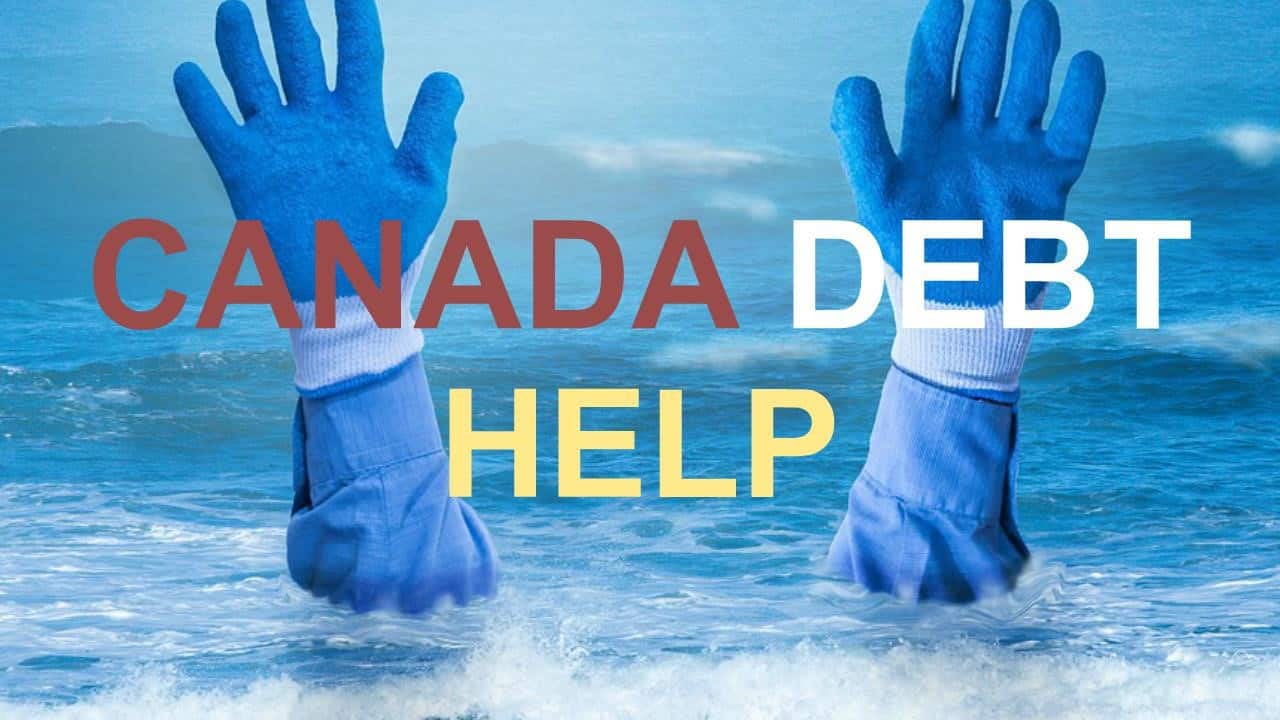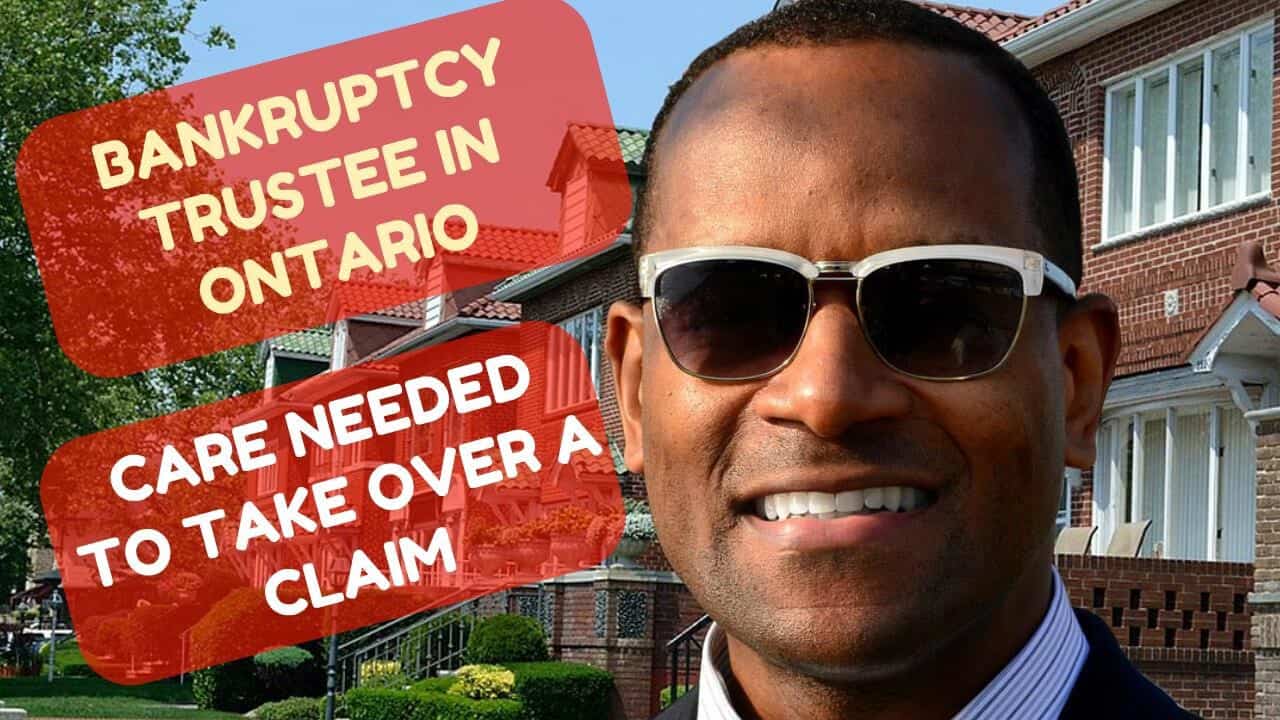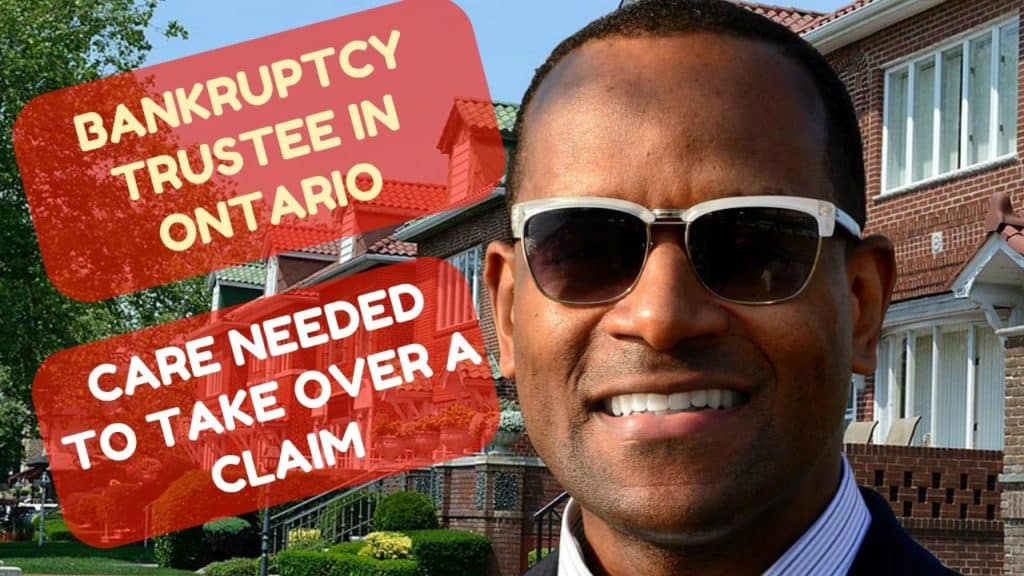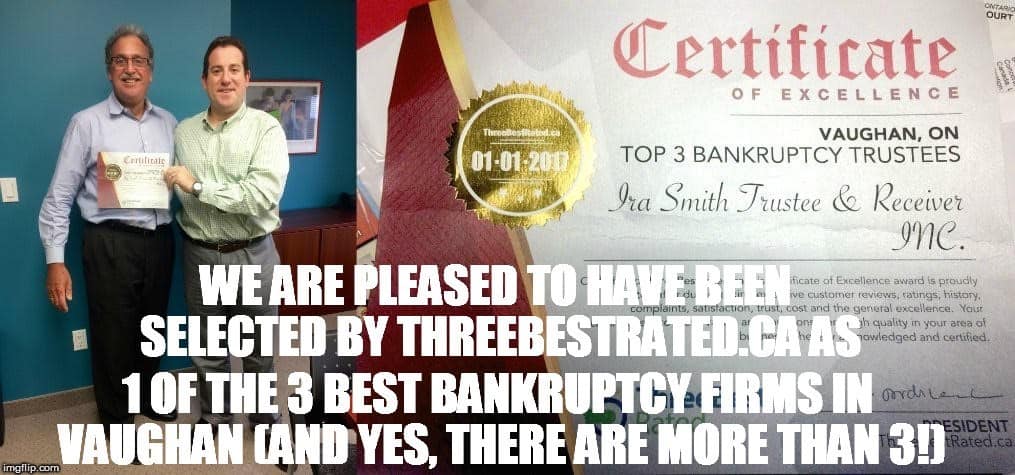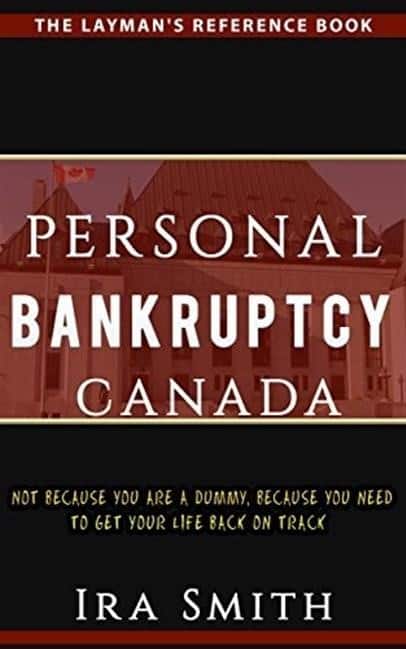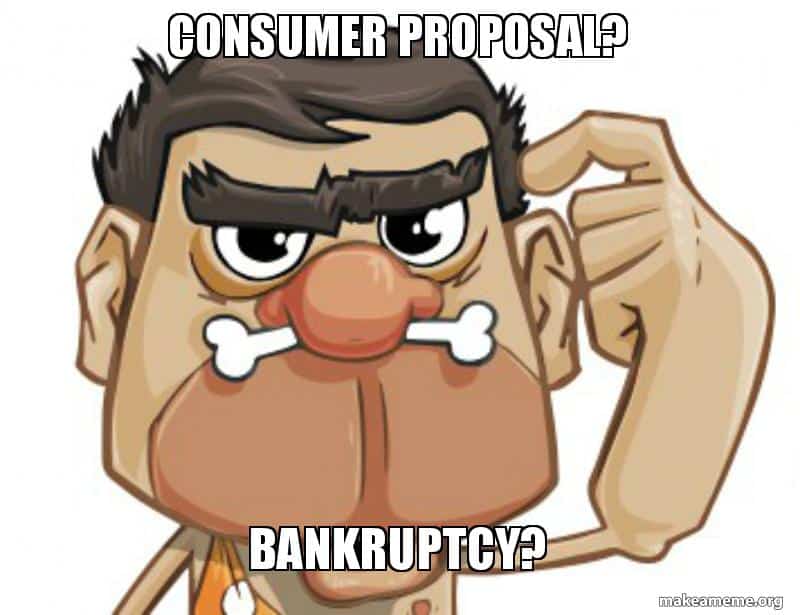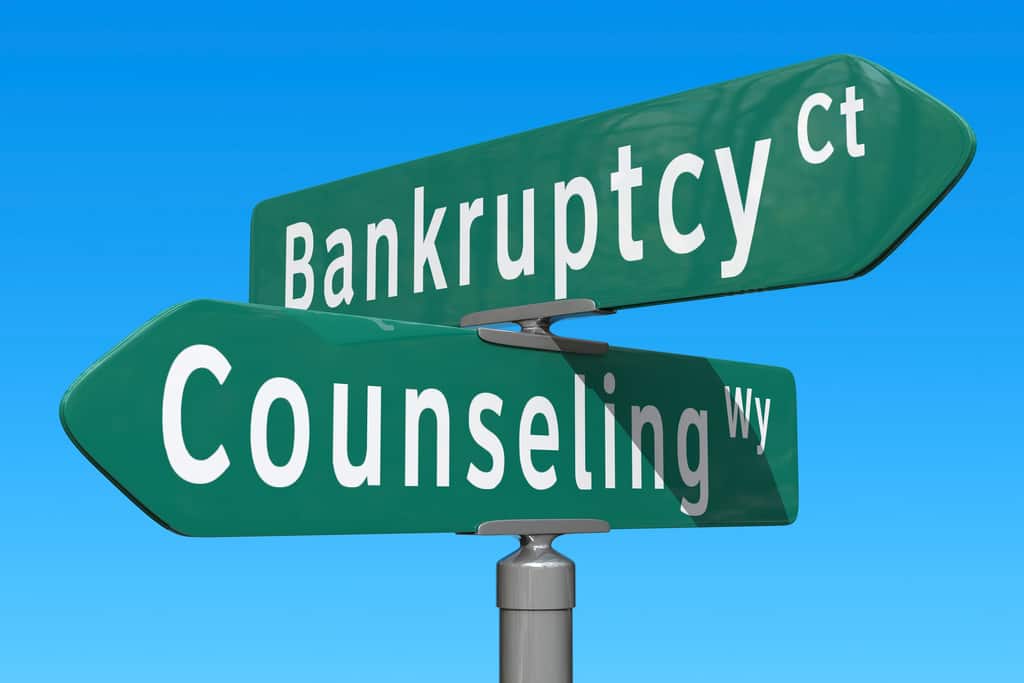The Ira Smith Team is absolutely operational and Ira, in addition to Brandon Smith, is readily available for a telephone consultation or video meeting.
Stay healthy, well balanced and safe and secure everyone.
Credit card debt in Canada introduction
Yesterday I received my current credit card statement in the mail. I scanned the pages and something on the page titled “Important Changes To Your Credit Card Agreement” caught my eye. The province of Quebec is trying to reduce credit card debt in Canada for its residents. I will explain it in this Brandon’s Blog.
Average Canadian household debt 2020
Credit rating agency Equifax Canada says typical consumer debt boosted 2.7% to get to $72,950 on average per household at the end of 2019. At the end of 2019, TransUnion reported that Canadians charged $100 billion in bank card financial obligations for the first time ever and they’re not done contributing to it. So credit card debt in Canada was certainly out of control then.
I won’t bother quoting what both the Equifax and TransUnion projected as to what would happen to average Canadian household debt in 2020, or about credit card debt in Canada. Suffice to say that in late 2019, an Ipsos poll carried out for Manulife Canada found that 45% of Canadians report spending more than they take home, and also 40% question if they will ever get rid of all of their debt. Nearly half of Canadians are afraid of being indebted for life, and 67% assume everyone is in the very same situation.
In the first quarter of 2020, unemployment was low and the Canadian economy felt like it was in decent shape. Then came the coronavirus pandemic. The fallout from COVID-19 and the shutdown of the Canadian economy have yet to be fully felt. My crystal ball is definitely broken because of it.
Average line of credit debt in Canada
Suffice to say from everything that I have read so far, average Canadian household debt is going up, due mainly to job losses and falling incomes. The Canadian government statistics about Canadians receiving the Canada Emergency Response Benefit (CERB) are staggering. As of June 4, 2020, the government has processed applications from 8.4 million Canadians. Overall as of that date, the federal government has paid out $43.5 billion of CERB benefits.
So with close to 9 million people getting CERB payments up until now, lots of Canadians are making a great deal less money than they did two months back. According to Statistics Canada, Canadians earned monthly, on average, $4,383; those on CERB make $2,000 a month. While it’s great to have some cash coming in, that gap (as well as it will certainly be a lot more for some) is likely to be a significant problem for out-of-work Canadians.
The Quebec plan to slow down credit card usage in Canada did not start out being controversial
To understand what additional pressure there will be on Quebeckers come August 1, 2020, we first have to understand the history of the issue. Quebec’s intentions started out being very good, especially for the time it was developed. But, that was then and now is now!
On November 15, 2017, Quebec’s Bill number 134, “An Act mainly to modernize rules relating to consumer credit and to regulate debt settlement service contracts, high-cost credit contracts and loyalty programs”, was enacted. On August 1, 2019, particular elements of this legislation, aimed at trying to suppress charge card financial obligations in Quebec, began. So everyone had advance warning to change their spending ways.
Starting then, new credit card accounts opened required the minimal monthly payment to be upped to 5% of the outstanding balance on those brand-new charge cards. For cards provided prior to August 1, 2019, cardholders could continue to pay a minimum of 2% of the monthly balance. They had until 2025 to start paying the brand-new minimum of 5%. Nonetheless, the minimum monthly payment was gradually being boosted by half a percentage point annually. This starts on August 1, 2020, up till it gets to the five percent level.
At the time, consumer advocates felt that other provinces will be watching carefully what Quebec is doing. The Quebec government certainly thought that credit card debt in Canada was a problem. It wanted to be proactive in dealing with this problem for Quebeckers. If you had to pay more every month on your old debt, hopefully, people would start feeling the pinch and adjust their budgets to spend less using credit cards. That was the theory.
So that was what was printed on my credit card statement. A reminder that if you lived in Quebec and were responsible for repaying the debt on the credit card, the minimum monthly payment was about to increase.
Given the current state of the Canadian economy and people’s personal financial affairs, this requirement in Quebec to pay more every month on your credit card debt cannot be good news.
Total credit card debt in Canada, not monthly payments, is the real problem
This leads to what or who is the real culprit. Quebeckers having to pay more each month as a minimum monthly payment is not the problem. I don’t mean to single out Quebec residents. I only mention them because it is Quebec that enacted the legislation. The real problem is that Canadians’ total credit card debt in Canada is too high and people cannot pay off the balance they charged each month on the due date. So, they are only making minimum monthly payments, while continuing to charge more, to stay alive until the next month.
Increasing minimum monthly payments is not making a plan to be debt-free
High charge card debt is clearly jamming a lot of people. Time will tell just how effective a technique it is to elevate the minimum monthly payment to 5% to tackle outstanding credit card debt. Due to the current situation, it is pointless to start looking at data for the rest of 2020. Hopefully, this year is not indicative of what future years will look like.
In my opinion, it would have been a lot more impressive for Quebec to at the very same time develop online financial education modules for its people. What is truly required is to show people that paying just the minimum monthly balance doesn’t solve their total debt problem.
As I have stated in many of my blogs, to create a real plan to be debt-free, people need to:
- Determine what your debts are
- Evaluation of and amending your budget
- Deciding on the realistic method to pay down debt
- See if you can get a lower interest rate consolidation loan to consolidate your debts?
- Follow your budget to prevent taking on more debt
- Know where to obtain professional help
Unpaid credit card debt consequences Canada and how to avoid them
Right now, there is an unofficial moratorium on the banks and collection agencies calling people who are delinquent in their credit card payments. All the lenders are treading lightly, given the many problems currently in the Canadian economy. Given all the problems, now may be the best time to try to resolve long outstanding credit card debt issues.
Once things get back to whatever normal is going to look like, lenders and collection agencies will be calling everyone again. If a satisfactory payment plan is not entered into, lenders may sue once the courts open up again. Once a lender gets a judgment against you, they can garnishee your wages or your bank account.
Under the Ontario Wages Act, R.S.O. 1990, c. W.1, a financial institution that has a judgment against you (like a bank or bank card business) can garnishee up to 20% of your net wages (after statutory deductions for taxes, CPP, and EI). Try living with that kind of wage garnishee and/or your bank account frozen.
So anyone with debt problems needs to realistically look at the various solutions that may be available. I have already talked above about how to start tackling debt problems, especially credit card debt in Canada.
Once you have redone your budget, have family buy-in so everyone is onside helping the household and you are following it, there are extra actions that you can take in dealing with your creditors. These steps include:
Negotiating yourself with the credit card company – Right now is the perfect time to negotiate. Lenders are not receiving payments and many have deferral programs set up. If you have cash on hand, now is the perfect time to approach a lender and offer a discounted amount that you can afford to pay if they agree. Make sure you have properly budgeted so that if you pay that cash out now, you can still survive until your work and income returns back to what it was pre-pandemic.
Non-profit credit counselling agency help – If you don’t feel you can negotiate on your own, go to a community non-profit credit counselling agency. They can review your budget to make sure that it is realistic and give you additional help. They can also try to strike a deal with your creditors for you to either pay the full balance out over time without additional interest or penalties or, a reduced payout now.
Consolidation loan – If you are working from home and still have all your income, a decent credit rating and you can get a loan to consolidate your debts to pay them out, that has many benefits. The issue is that the annual interest rate charged on the consolidation loan must be significantly less than the average interest rate you are paying on your debts. Now you can pay off either your total debt, or the lower negotiated balance, and then just have the lower interest rate one loan to repay.
This can be done under either the self-negotiating method or if you are using a not for profit local credit counselling agency to help you. Either way, stay away from payday loan lenders.
Consult with a licensed insolvency trustee (formerly called a bankruptcy trustee) – Whether things are too far gone to use any of the above methods, or you just want to know what all of your options are, consult with a licensed insolvency trustee to determine how best to deal with your credit card debt in Canada.
Most licensed insolvency trustees, including my Firm, provide a no-cost initial consultation. I can go over with you all of your options. We will discuss all that I have already mentioned, plus the concepts of a consumer proposal, Division I Proposal and bankruptcy. I will give you the pros and cons of each, give you my best recommendation and then you will have all the information you need to decide.
Credit card debt in Canada summary
The Ira Smith Team family hopes that you and your family members are remaining secure, healthy and well-balanced. Our hearts go out to every person that has been affected either via misfortune or inconvenience.
I hope you have found this credit card debt in Canada Brandon’s Blog helpful. Quebec’s original plan for helping its residents reduce credit card debt in Canada did not start out to be controversial. It was designed to get Quebeckers to think about how they were getting into credit card debt and to force them to work into their budget a larger monthly minimum payment. The aim was to curb out of control spiralling credit card debt. The COVID-19 pandemic and the resulting economic shutdown combined with the upcoming August 1 changes will no doubt make things harder for Quebeckers only able to make minimum monthly payments on their credit card balances.
We all must help each other to stop the spread of the coronavirus. Social distancing and self-quarantining are sacrifices that are not optional. Families are literally separated from each other. We look forward to the time when life can return to something near to typical and we can all be together once again.
Ira Smith Trustee & Receiver Inc. has constantly used clean, safe and secure ways in our professional firm and we continue to do so.
Income, revenue and cash flow shortages are critical issues facing entrepreneurs, their companies and individual Canadians. This is especially true these days.
If anyone needs our assistance for debt relief Canada COVID, or you just need some answers for questions that are bothering you, feel confident that Ira or Brandon can still assist you. Telephone consultations and/or virtual conferences are readily available for anyone feeling the need to discuss their personal or company situation.
The Ira Smith Team is absolutely operational and Ira, in addition to Brandon Smith, is readily available for a telephone consultation or video meeting.

Stay healthy, well balanced and safe and secure everyone.

